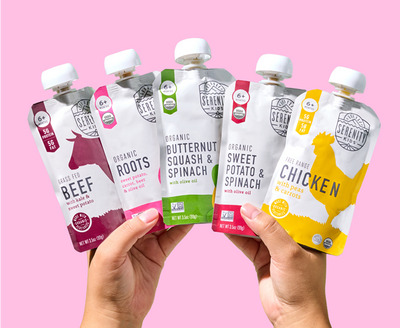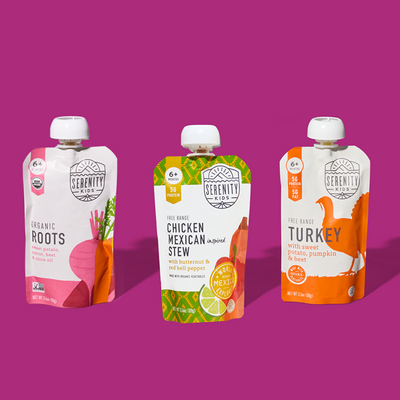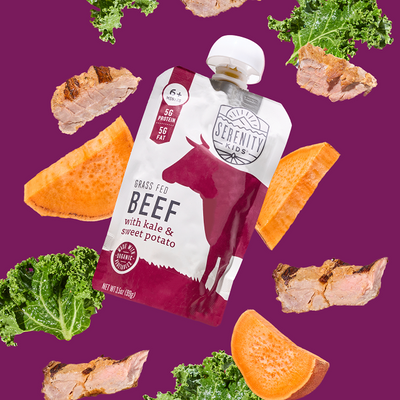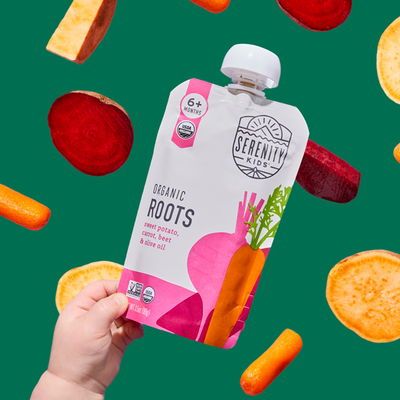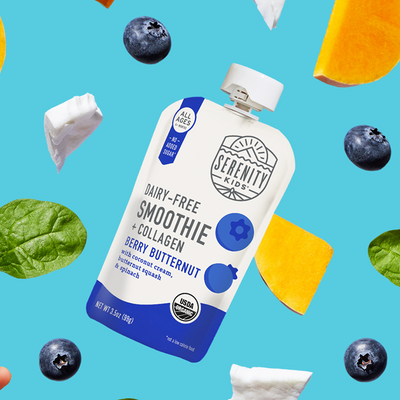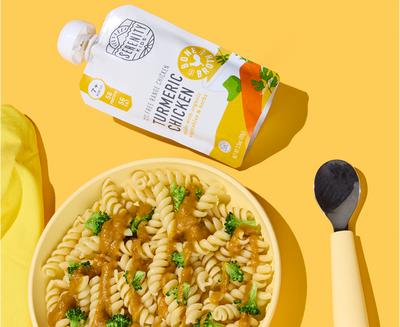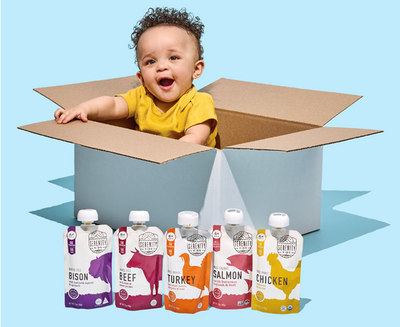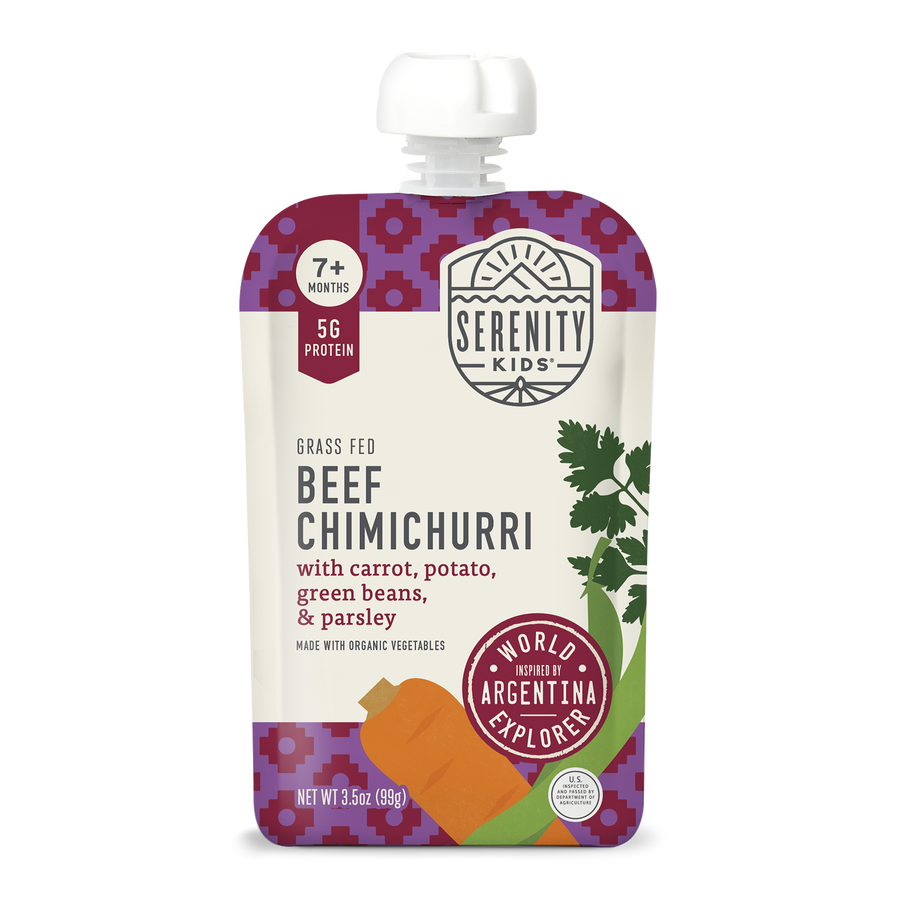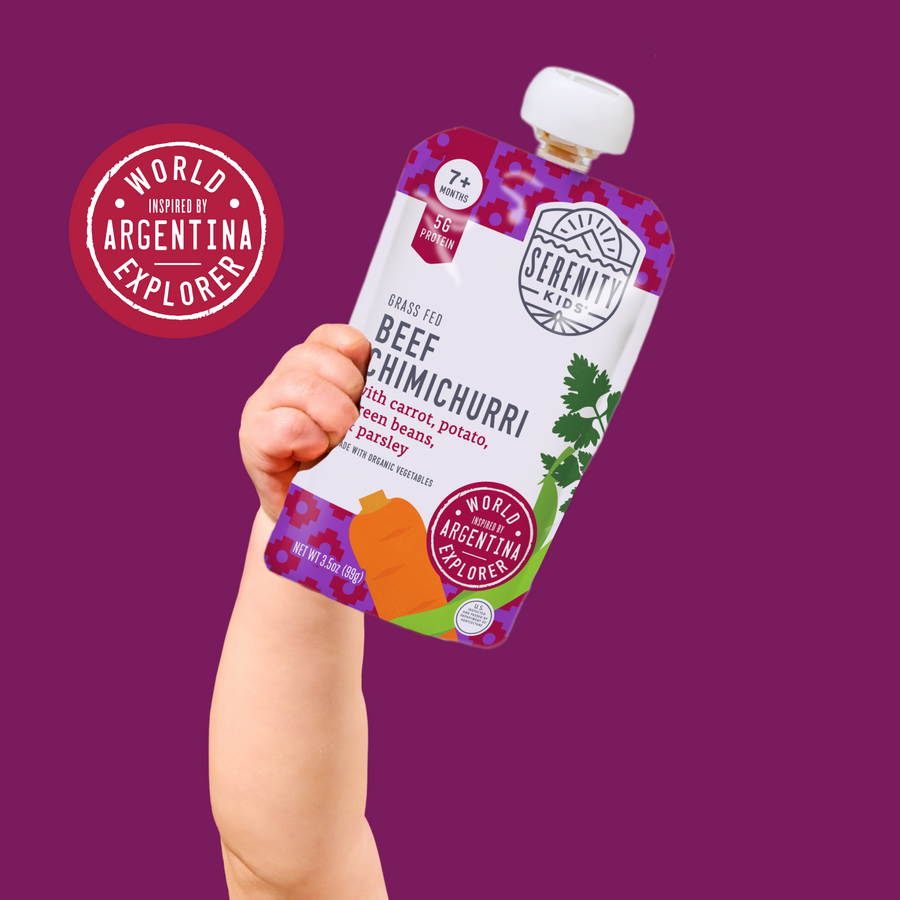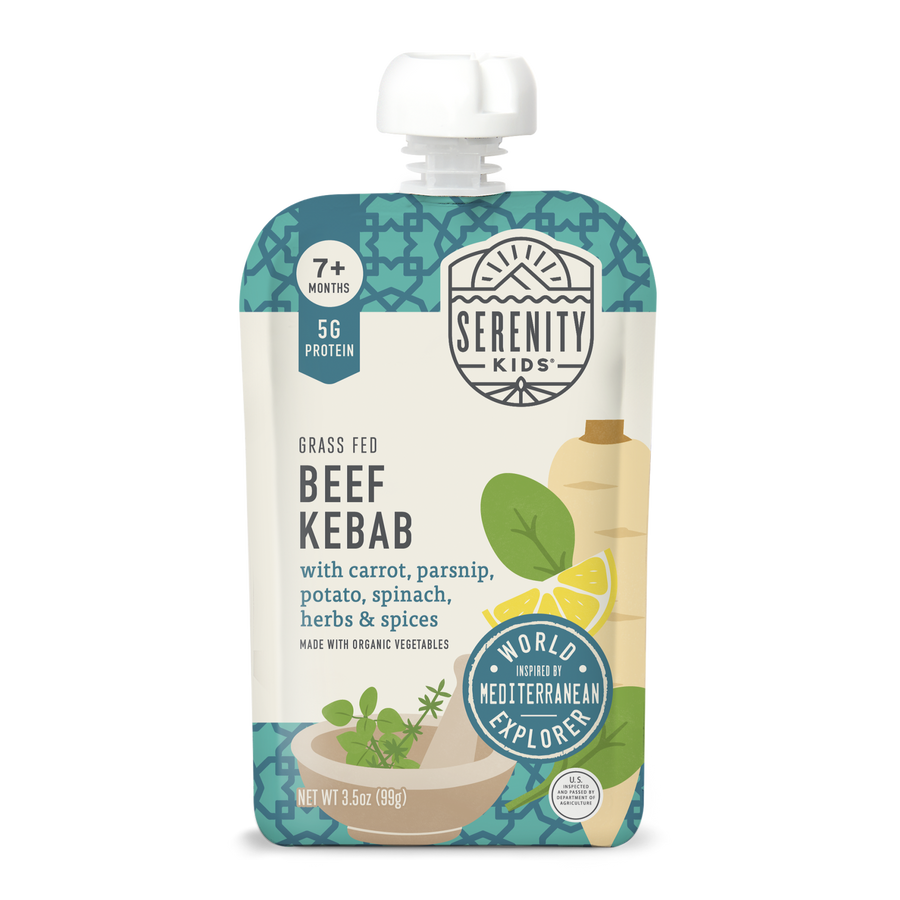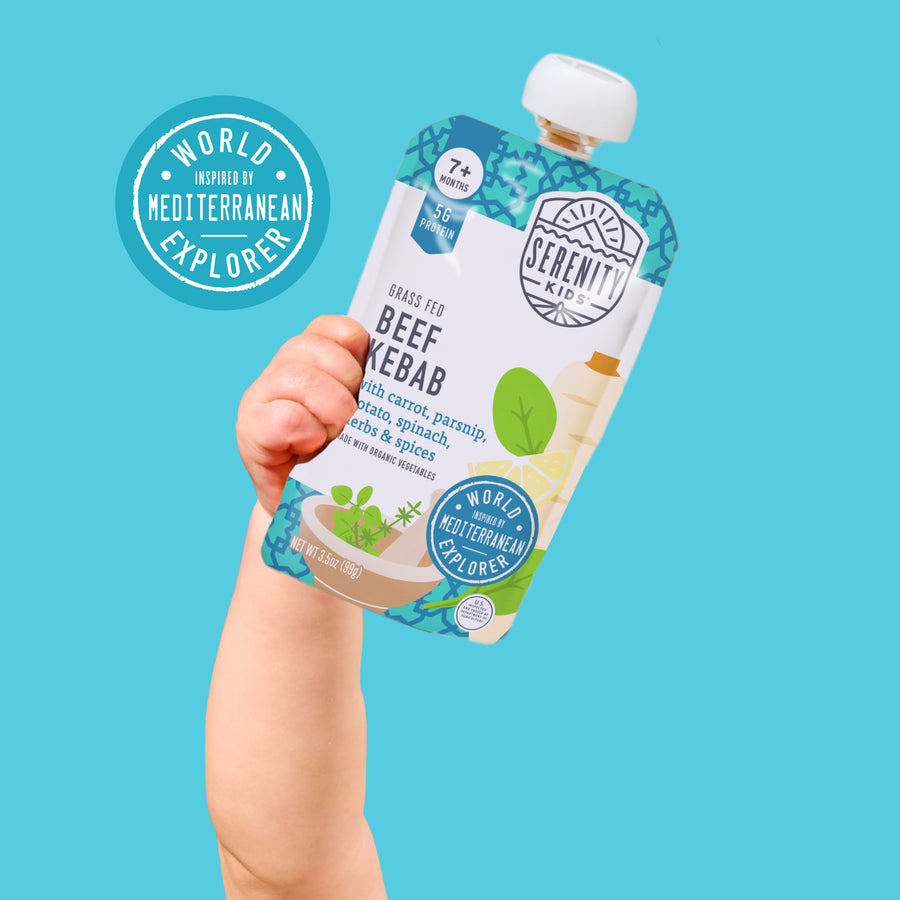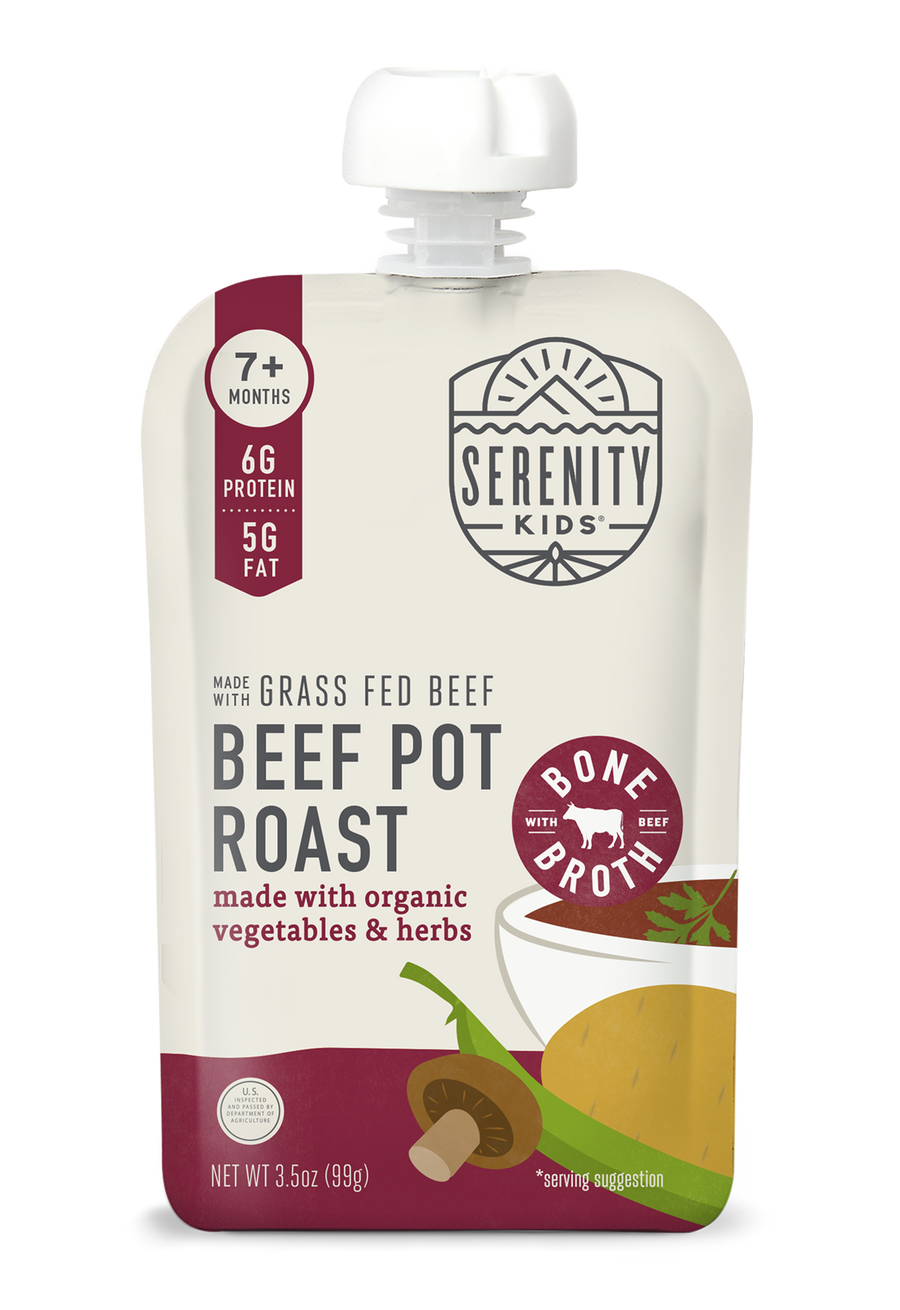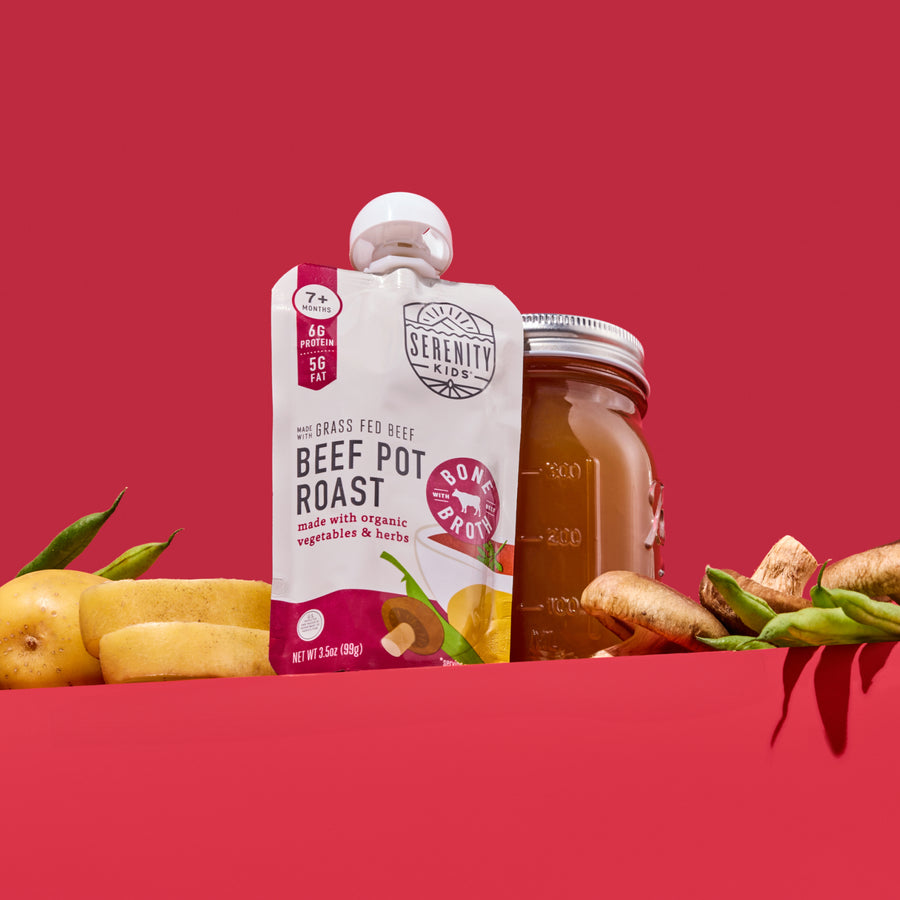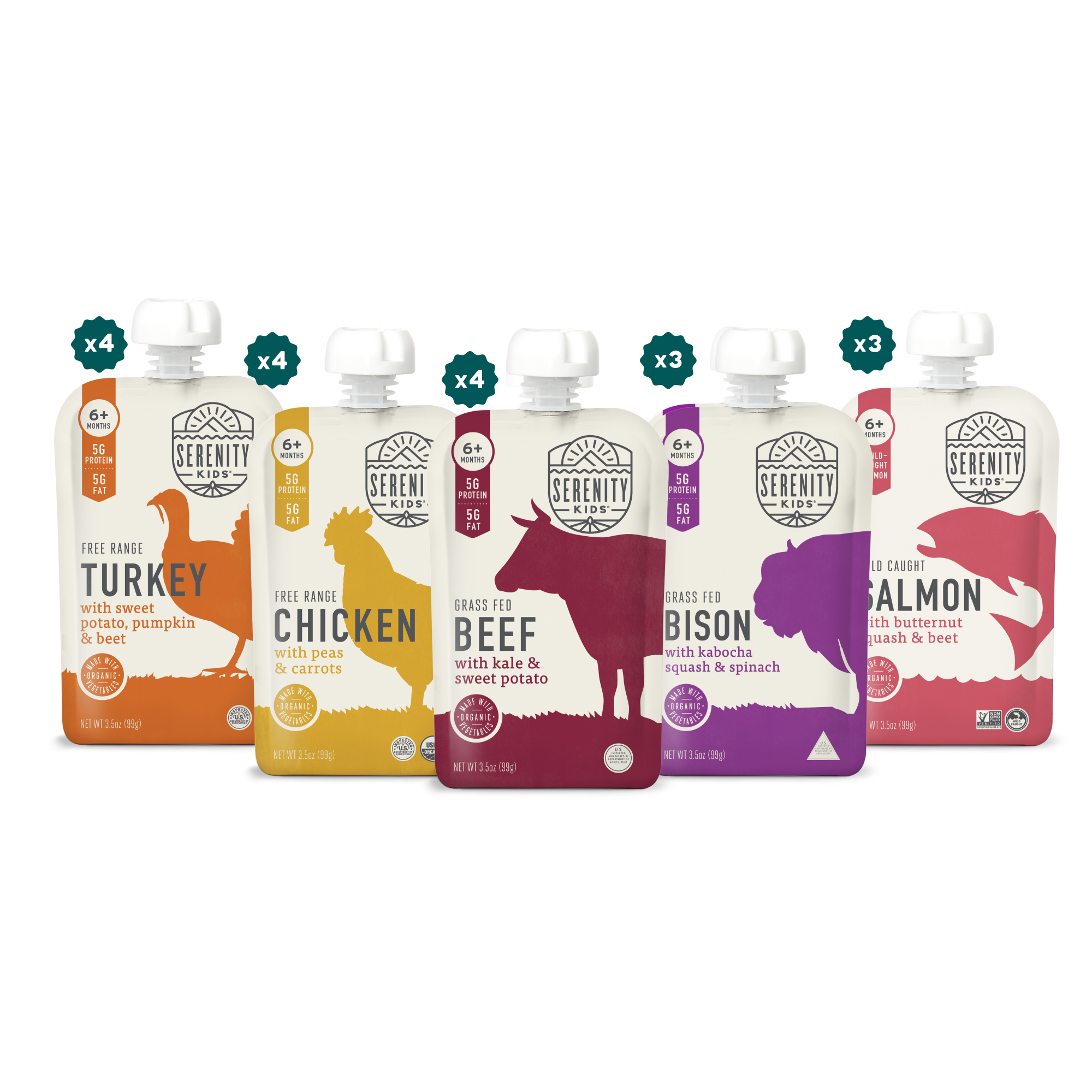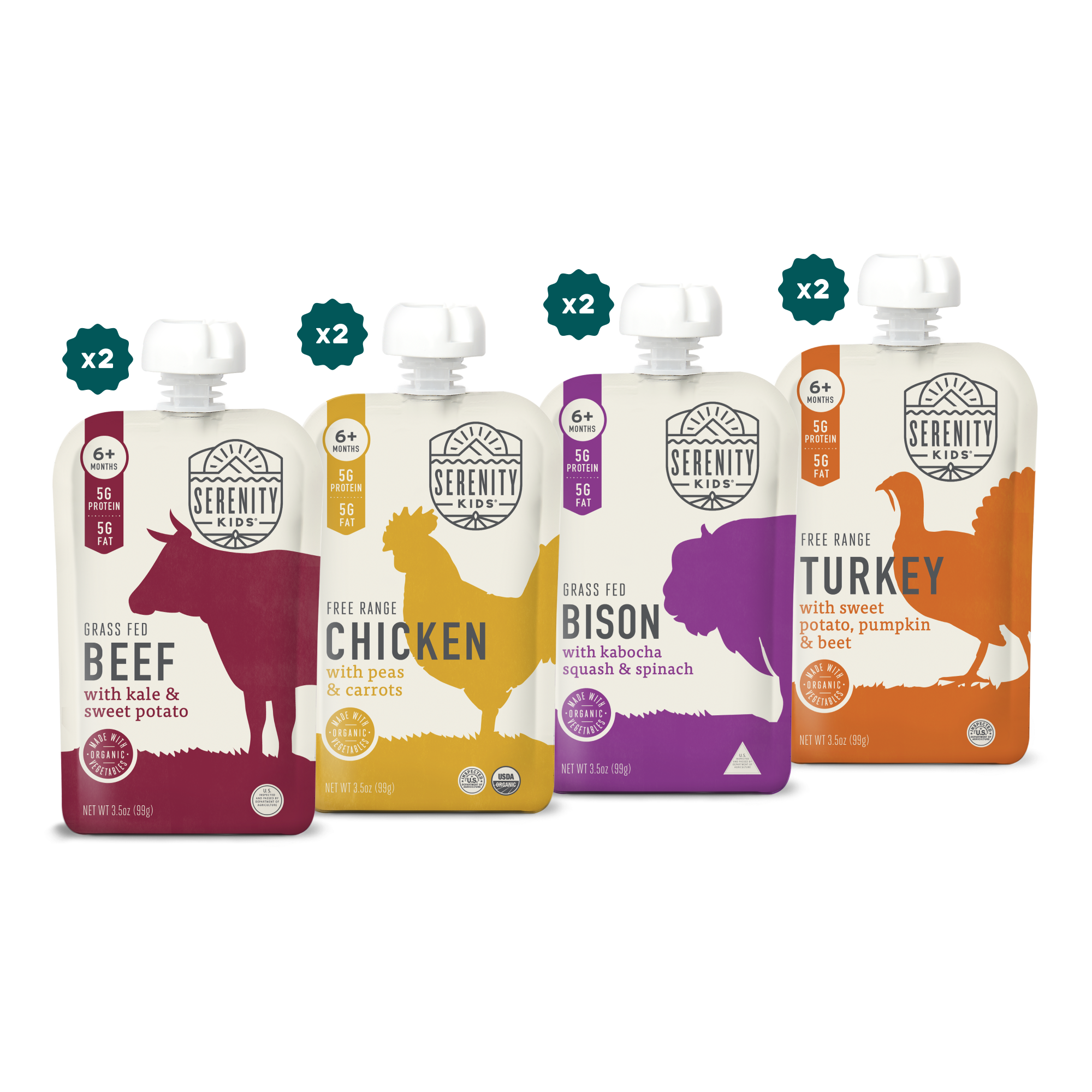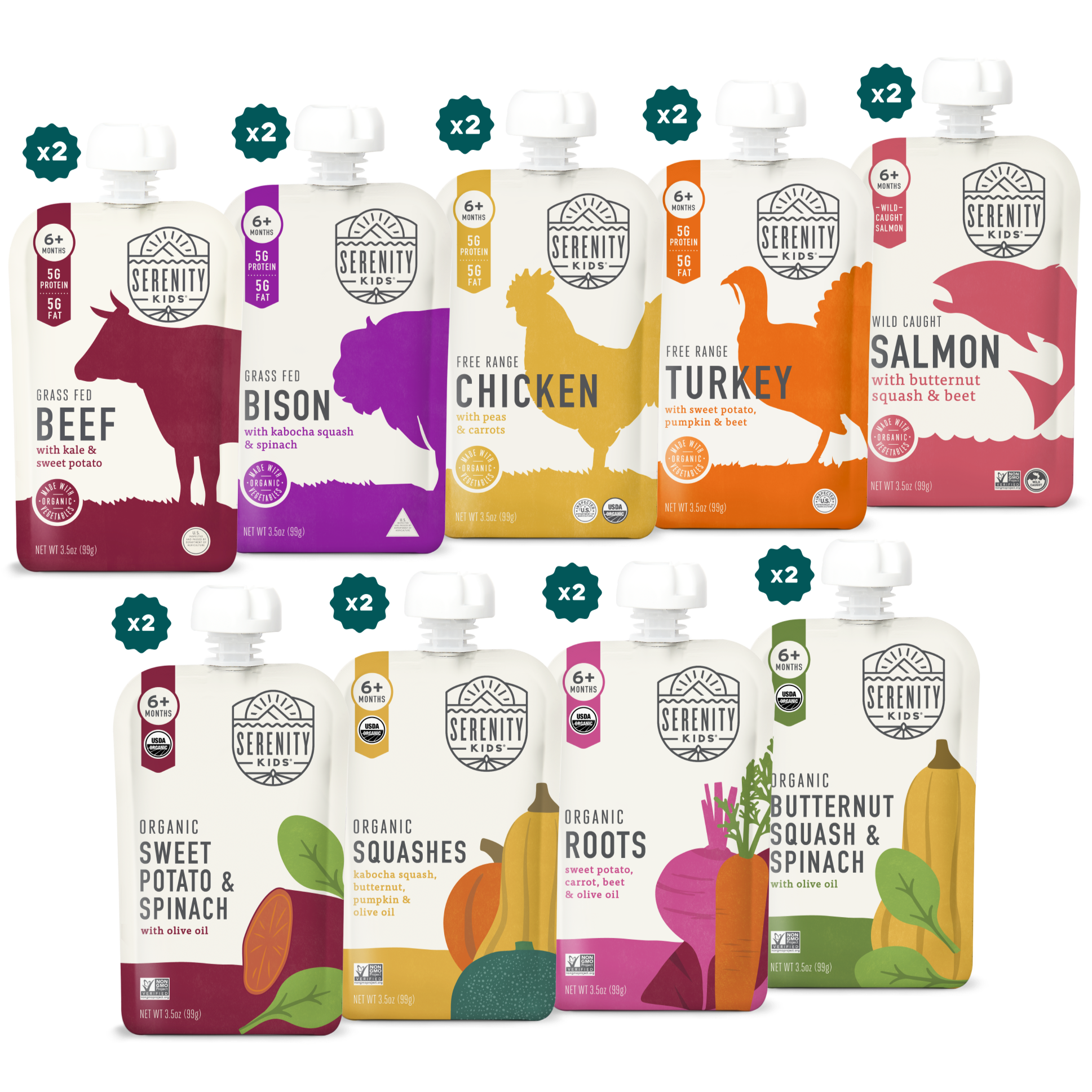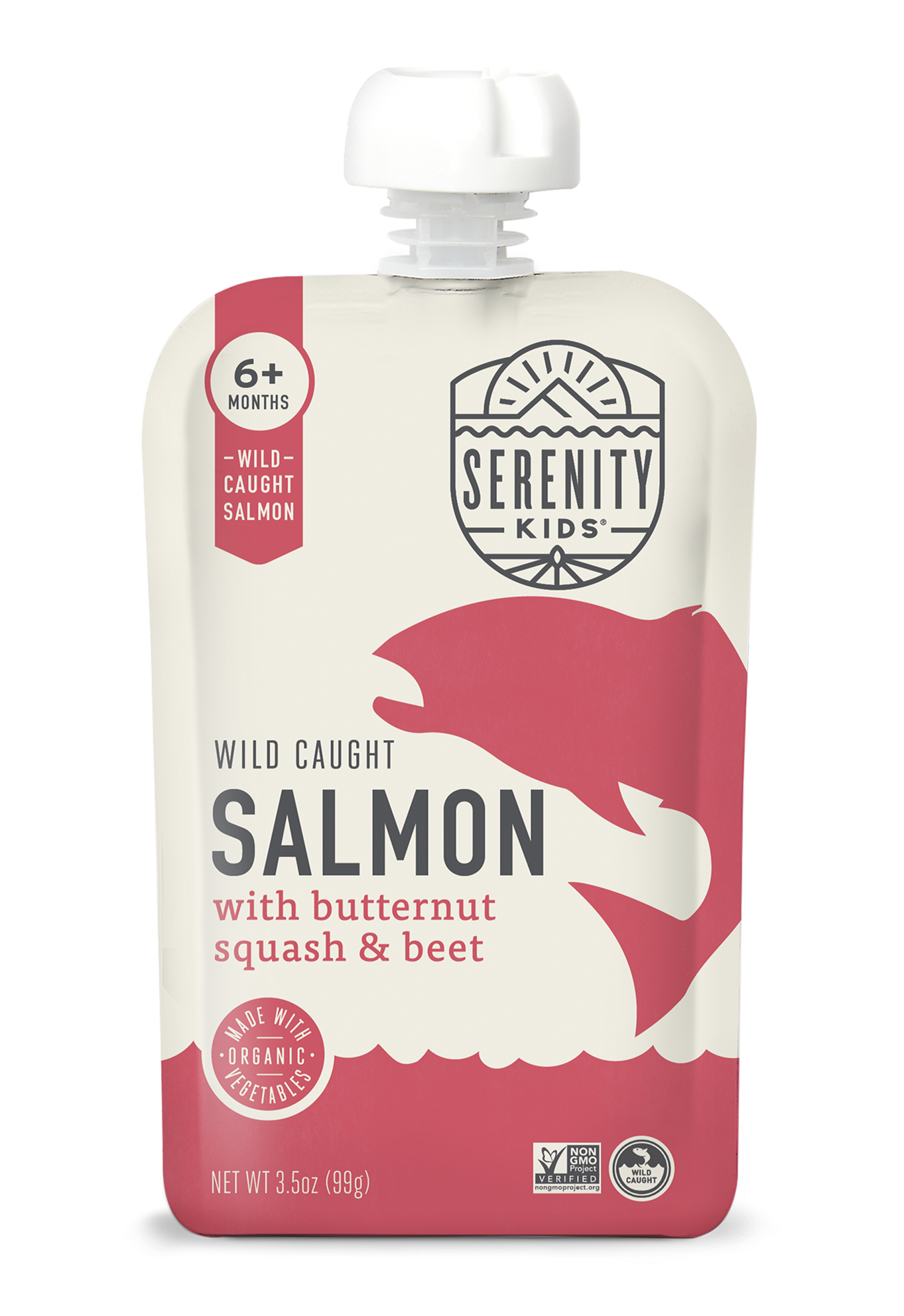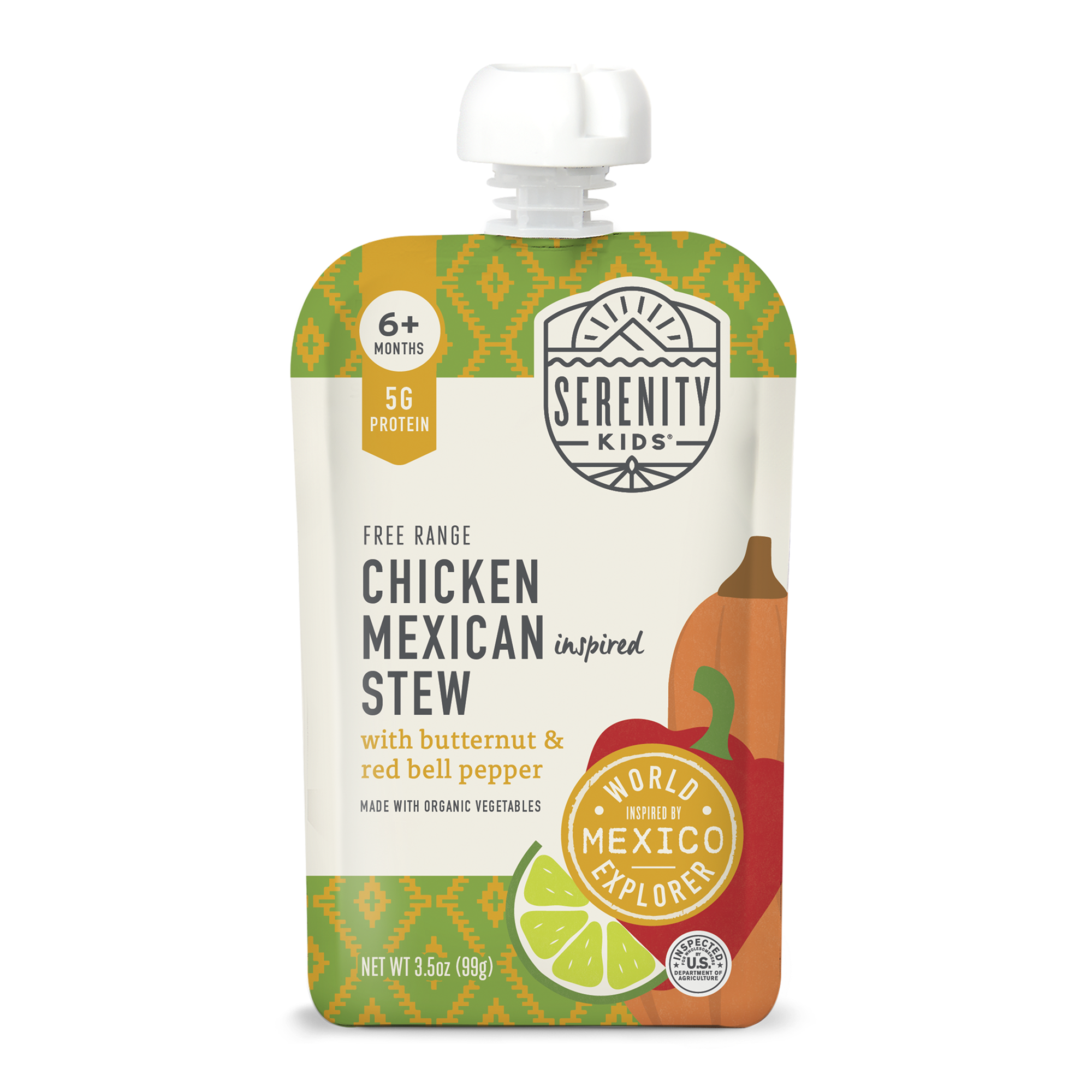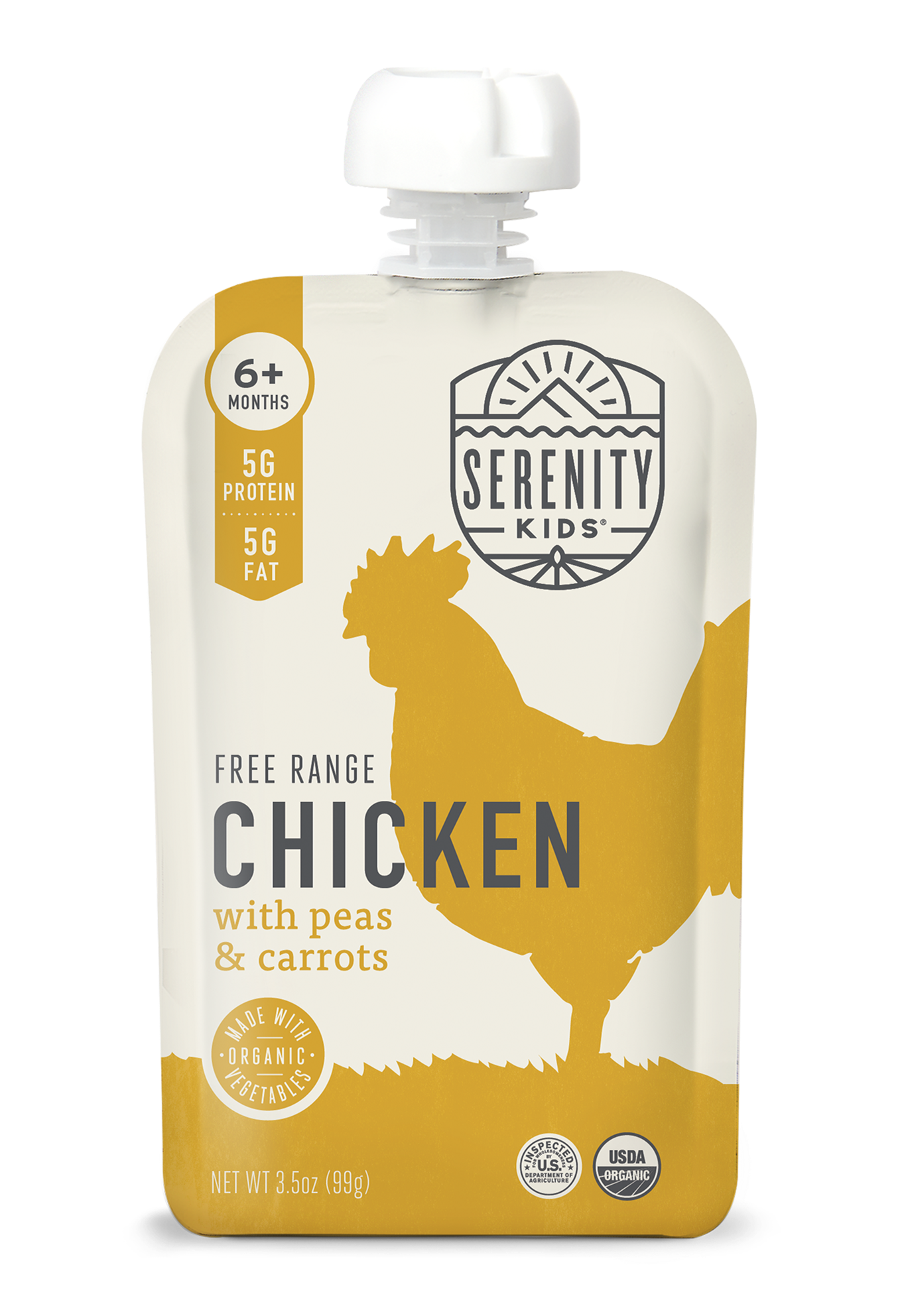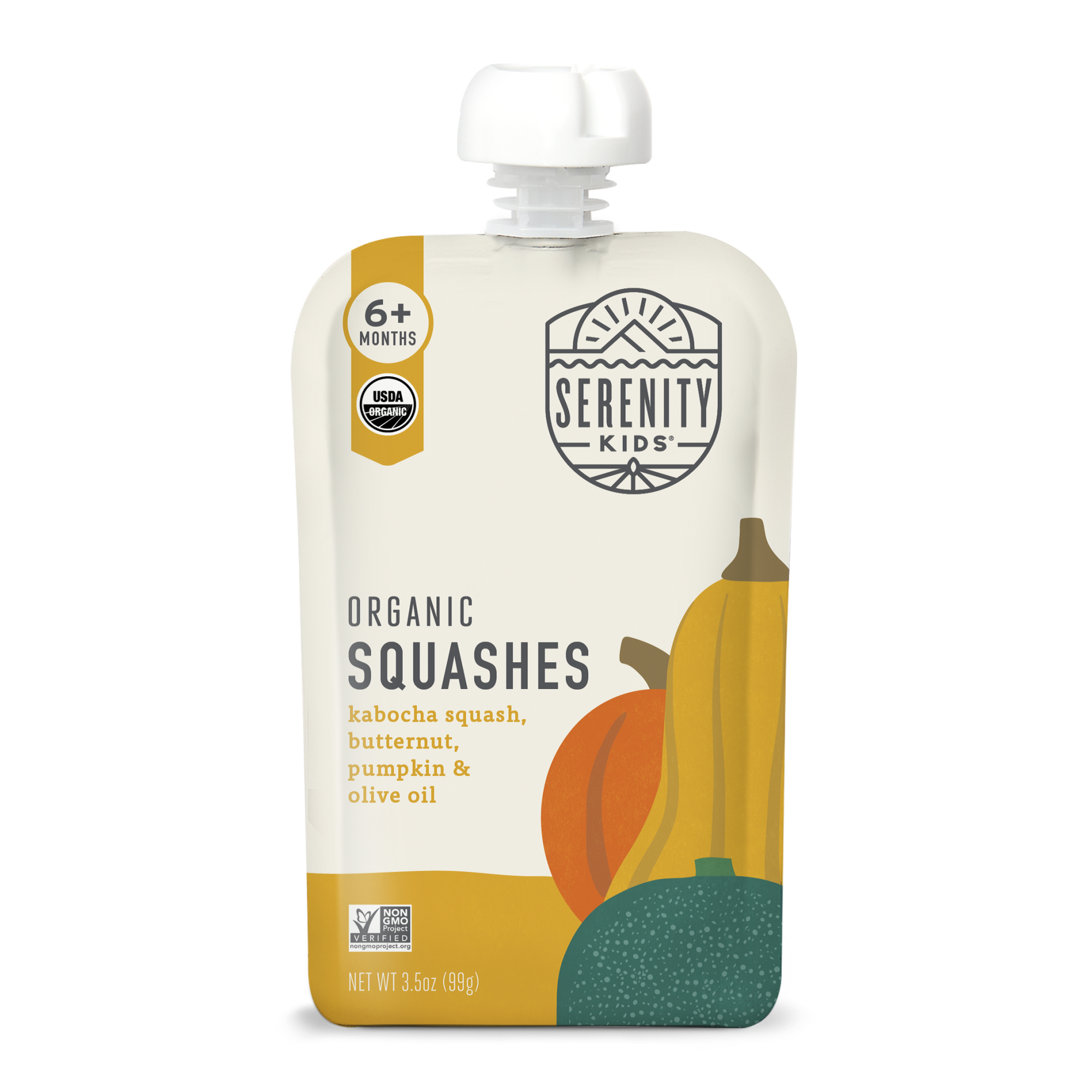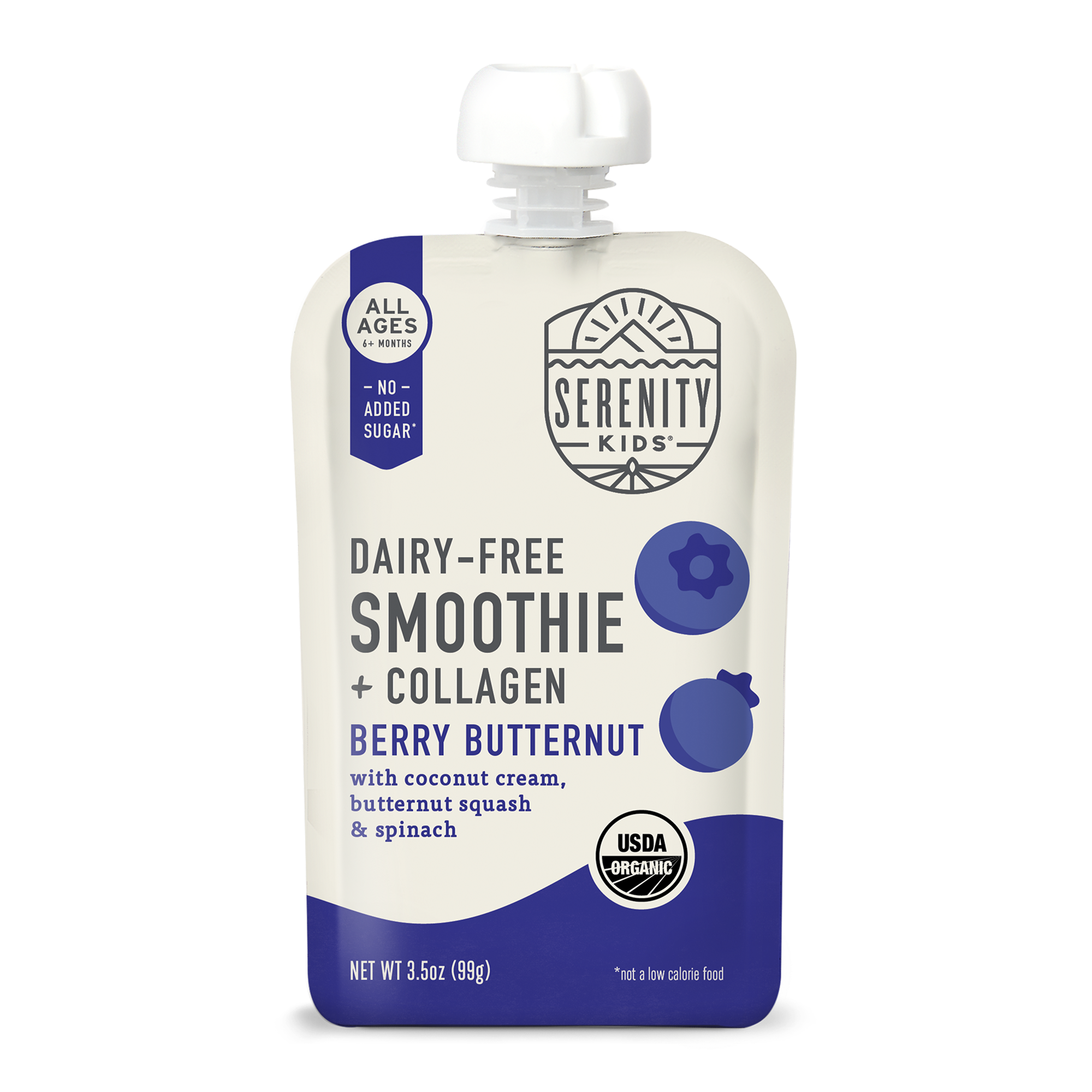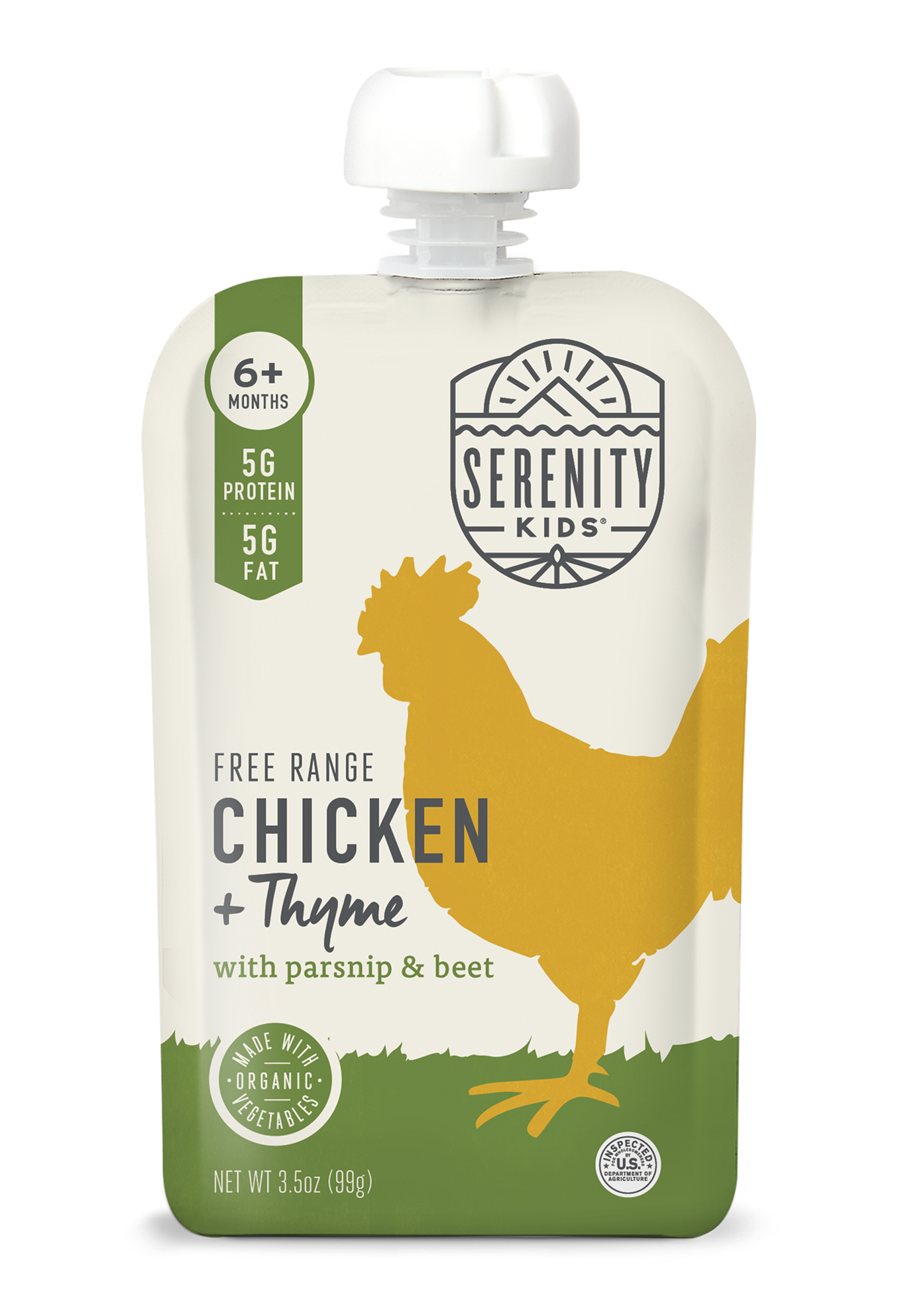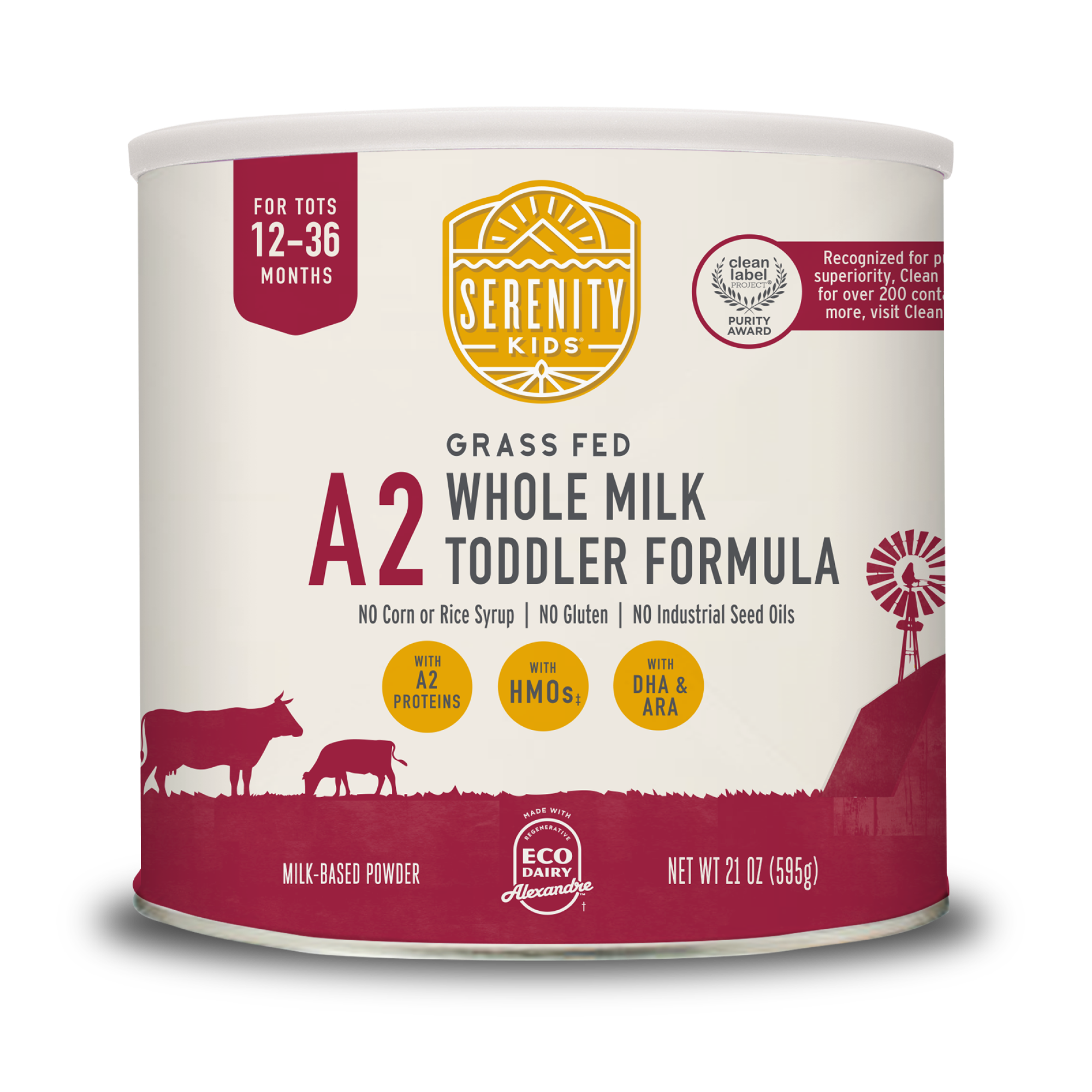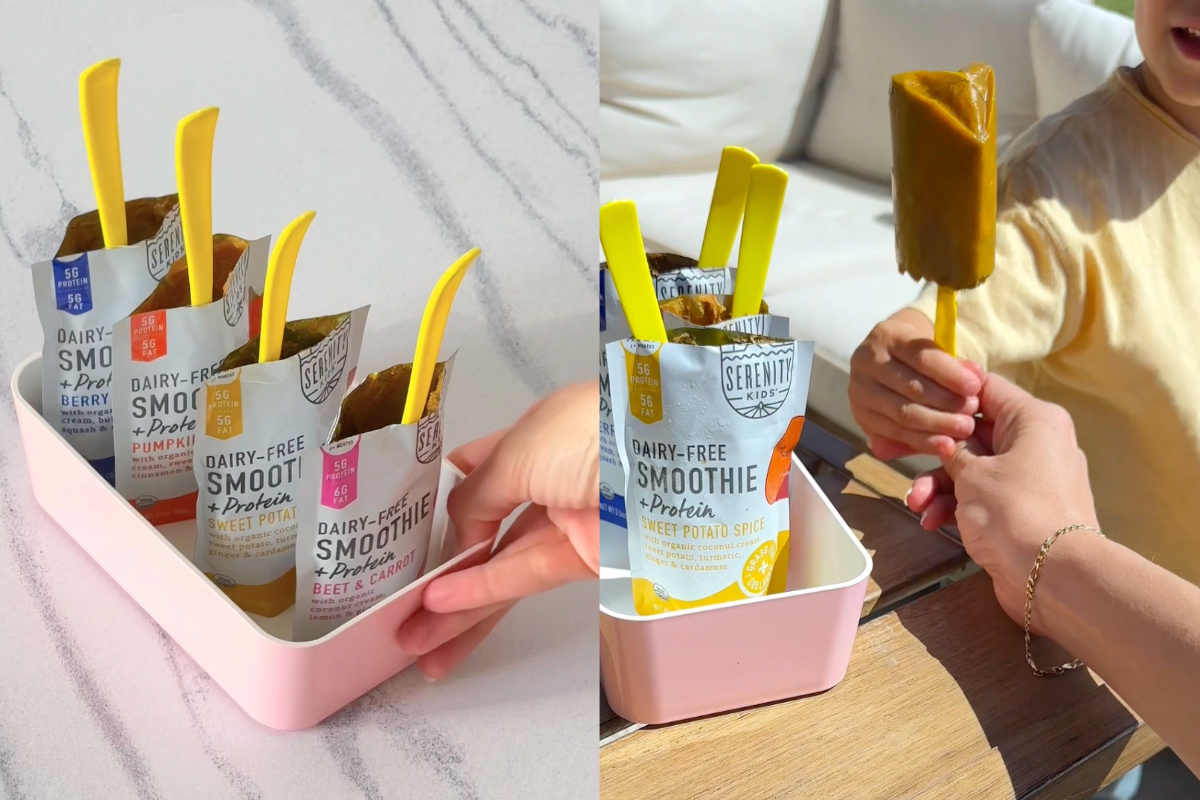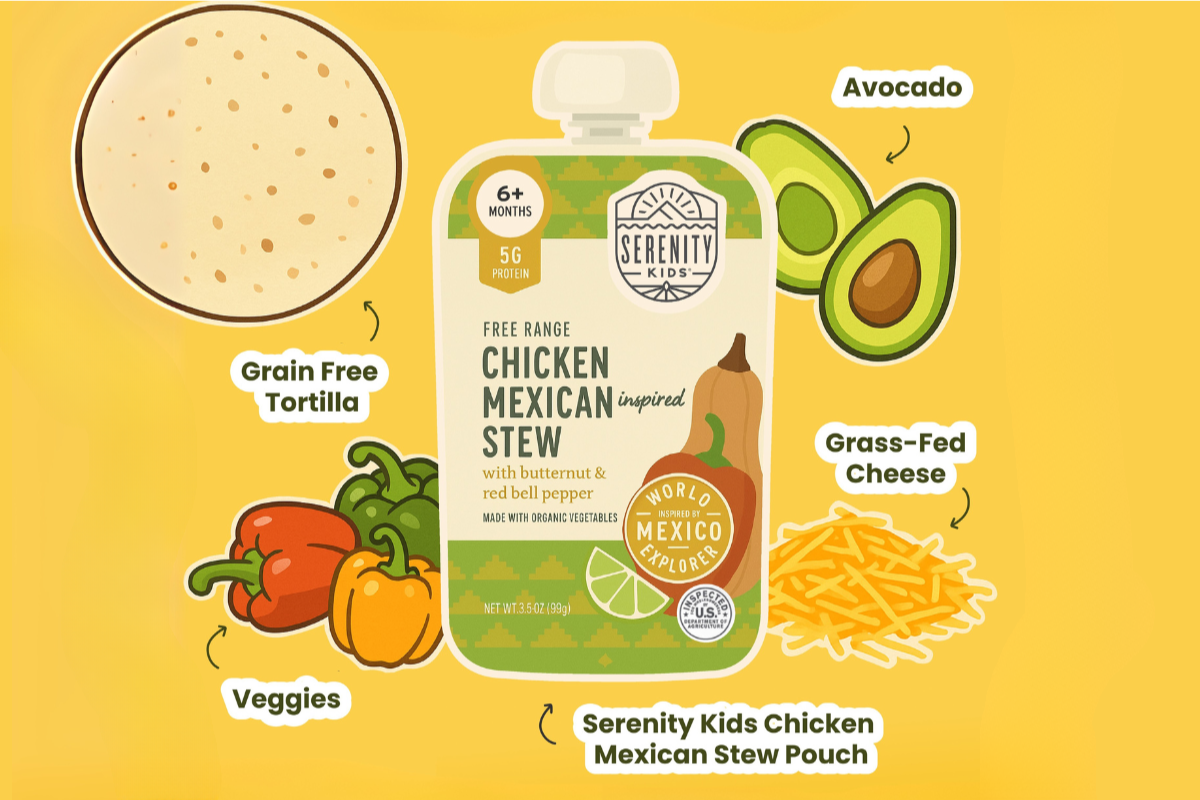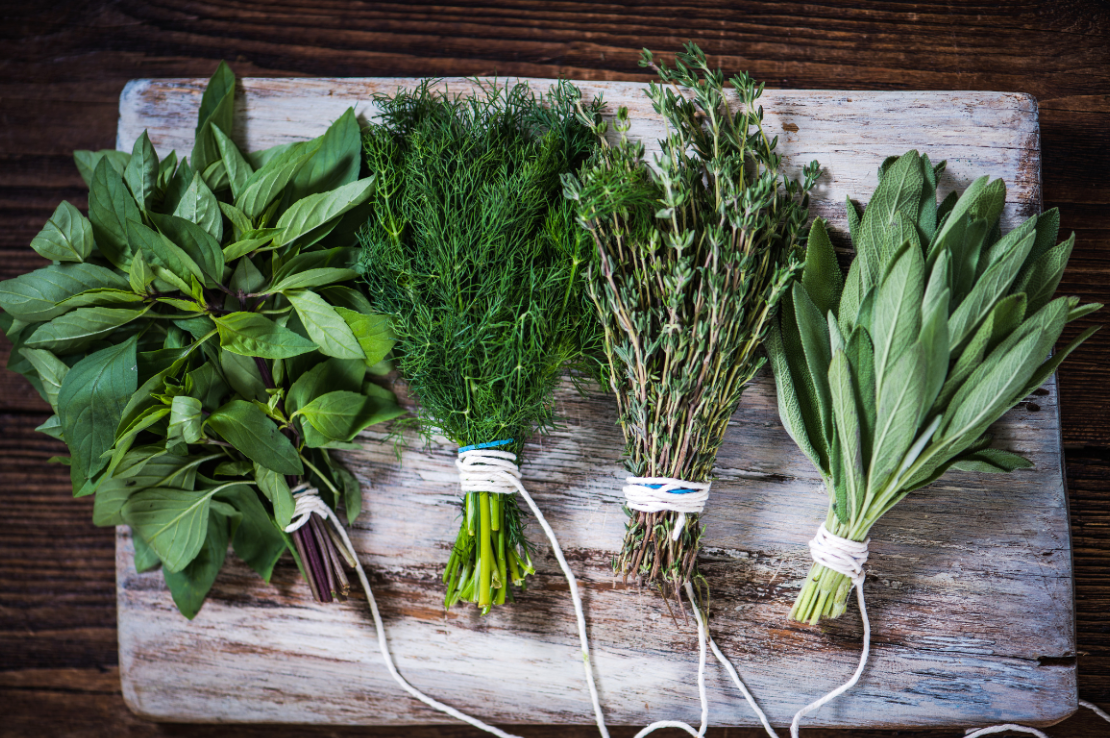TABLE OF CONTENTS
Written by Hillary Bennetts
December 10, 2024
How to Cope When My 2-Year-Old Won't Eat Anything but Snacks?

Saying “no” is part of healthy childhood development, and children often develop particular eating habits. Picky eating is a common phase that many children go through. Toddlers are learning to make decisions and control their environment, which includes choosing what to eat. When they reject meals in favor of snacks, it’s often an expression of this independence rather than a dislike of the food itself.
Why Is My 2 Year Old A Picky Eater?

Picky eating is common among many toddlers, especially as they begin asserting their independence. Below are five reasons why your toddler may prefer snack foods over meal foods:
Best Sellers
They're not just parent favorites—they're little ones favorites too.Beef Chimichurri
with Organic Vegetables, Herbs & Spices
Beef Kebab
with Organic Vegetables, Herbs & Spices
Beef Pot Roast
with Bone Broth, Organic Vegetables & Herbs
1. Developmental Phase
Many toddlers go through a phase of selective eating as they explore their likes and dislikes. They often fixate on the same foods, creating comfort through repetition. This is a normal part of development but can leave parents feeling frustrated during meal time.
2. Tiny Stomachs
Toddlers have small stomachs, which means they naturally eat less food than adults. They may prefer smaller portions throughout the day, making snack times more appealing than sitting down to eat a whole plate at the family table.
3. Hunger Cues and Appetite Fluctuations
A toddler's appetite can vary daily, influenced by growth spurts or activity levels. Some days, they may feel hunger intensely, while on others, their interest in food dwindles. Ignoring their own hunger cues or misinterpreting them may lead to power struggles at the dinner table.
4. Sensory Sensitivities
Toddlers can be sensitive to textures, smells, and colors of meal foods, leading to food refusal. If a child eats only certain “safe foods,” it might be due to sensory preferences or aversions.
5. Parental Influence and Feeding Relationship
Unintentional pressure during meal time—such as insisting they finish the main dish or offering more snacks as a reward—can disrupt the delicate balance of the feeding relationship. This can lead to further resistance and refusing dinner.
Are Most Kids Picky Eaters?
Many kids go through a picky eating phase. However, understanding why this behavior is prevalent can ease worries and help parents navigate it more effectively.
1. Biological Preferences
Evolutionarily, children prefer sweet and salty snack foods because these tastes signal energy-rich options. Foods like granola bars or cottage cheese may seem more appealing than less exciting vegetables or the main dish on their plate.
2. Control and Independence
Toddlers love exerting control, and their diet is an area where they can assert themselves. Saying no to certain foods or throwing food can be their way of exploring independence, even if it results in refusing dinner.
3. Feeding Schedules

Erratic feeding schedules can disrupt normal eating habits. Without a consistent feeding schedule, toddlers may not feel hunger at predictable times, opting instead to graze on favorite snacks throughout the day.
4. Lack of Variety
If toddlers aren’t introduced to a diverse range of foods early, they may stick to familiar options like goldfish crackers or granola bars. This can perpetuate selective eating habits and limit their willingness to try new foods.
5. Modeling Behavior
Toddlers learn by watching. If they observe adults or siblings skipping meals or choosing unhealthy options, they might mimic these habits. Setting a good example at the family table encourages healthier choices.
What Are Healthy Eating Habits for Toddlers Like?
Remember, your toddler isn’t an adult (even if they like to act like it sometimes). So, what does healthy eating actually look like for a 2-year-old? Understanding what makes a well-rounded diet for your toddler can help you manage their picky eating habits and ensure they get the nutrients they need to grow and thrive.

A balanced diet for a 2-year-old includes a mix of foods from all the major food groups. Here are some key elements:
- Protein-rich foods - These are essential for your toddler's growth and development. Options include lean meats, poultry, fish, beans, and legumes. For snack ideas, consider protein snacks for kids.
- Fruits and vegetables - These provide essential vitamins, minerals, and fiber. Encourage your toddler to try a variety of colorful fruits and vegetables to ensure they get a range of nutrients.
- Dairy - Milk, cheese, and yogurt are important for bone development and overall health.
The Downside of Constant Snacking
While it might seem convenient to let your toddler snack throughout the day, there are potential downsides to constant snacking that parents should be aware of. It’s important to balance snacks with regular meals to ensure your child gets the necessary nutrients for their growth and development.
Nutrient Deficiency Concerns

The impact of your child's snacking habits largely depends on the type of snacks they consume. Nutrient-dense snack food like fruits, vegetables, and protein food can complement their diet. However, if your toddler frequently snacks on less nutritious options like sugary treats and processed foods, they might not be getting the essential nutrients they need.
According to the CDC, consistent snacking on low-nutrient foods can lead to nutritional deficiencies, affecting a child's growth and overall health. Children need a variety of vitamins and minerals that are often found in balanced meals. For example, iron, calcium, and vitamin C are crucial for development and are not always present in typical snack foods.
Disruption of Mealtime Routines
Constant snacking can also disrupt regular mealtime routines. When toddlers snack frequently, they might not feel hungry at mealtimes, leading to further picky eating behaviors and resistance to trying new foods. The CDC emphasizes the importance of structured meal times to establish healthy eating habits and ensure children get balanced nutrition.
Long-term Eating Habits
Establishing healthy eating patterns early on is vital. The American Academy of Pediatrics notes that picky or fussy eating is common in childhood, and while many children outgrow it, some habits can persist into later years. Frequent snacking on less nutritious foods can set a precedent for unhealthy eating habits as they grow older.
Consulting a Medical Professional

If you have concerns about your child's nutrition and eating habits, it's always best to consult a healthcare professional who can provide personalized advice and guidance tailored to your child's specific needs. They can help you understand if your toddler’s snacking habits are affecting their nutritional intake and offer strategies to encourage more balanced eating.
How to Avoid the Snack Trap at Mealtime
Ensuring your 2-year-old receives proper nutrition and develops healthy eating habits can be challenging, especially if they prefer snacks over meals. Here are some practical tips to help avoid the snack trap and encourage your child to enjoy balanced meals.
Offer Choices to Your Toddler
Toddlers love making their own decisions, and giving them choices can help them feel in control and independent. To guide your 2-year-old towards healthier options, consider offering limited, simple choices. For example, ask, “Would you like slices of apple or a whole apple?” This way, they feel empowered while still making a nutritious choice.
Make Mealtime Fun for Everyone

Mealtime can be an enjoyable and regularly scheduled activity for your toddler. Get them involved with meal prep by assigning age-appropriate tasks. Use cookie cutters to shape their favorite foods into fun designs, and provide plates and utensils that they love. Creating a fun atmosphere can make your child more excited about mealtime.
Provide Your 2-Year-Old with Nutrient-Dense Snacks
If your child loves snacking, offer them nutrient-dense options. Consider snacks such as yogurt, cheese sticks, fruits, and vegetables. These snacks provide essential nutrients while satisfying their desire to snack.
Build & Maintain a Mealtime Routine
Developing and sticking to a regular schedule for both meals and snacks is crucial. Consistent mealtime routines help establish healthy eating patterns and ensure your toddler receives balanced nutrition throughout the day.
Get Your Toddler Involved in Planning Meals

If your 2-year-old enjoys making decisions, involve them in meal planning. Let them pick meals, help with grocery shopping, and participate in food preparation. This involvement can increase their interest in mealtimes and make them more willing to try new foods.
Make Mealtimes Emotionally Safe
Avoid forcing or pressuring your toddler to eat, as this can create a negative association with mealtimes. Make mealtimes emotionally safe by avoiding arguments and incorporating their favorite foods or snacks into meals. Aim to keep mealtimes positive and relaxed for everyone.
Sneak in Nutrient-Dense Foods
If your toddler is resistant to certain foods, try sneaking in nutrient-dense options. Add grated zucchini or carrots into muffins, or blend veggies into a smoothie. This can help ensure they receive essential nutrients while enjoying their favorite foods. Consider making smoothies for picky eaters to incorporate more fruits and vegetables into their diet.
Limit Mealtime Distractions

While distractions for toddlers can sometimes be helpful, try to keep them engaged and present at mealtime. Limiting distractions such as TV or tablets can help your child focus on their food and enjoy mealtime.
Get Others Involved
If you have other family members, involve them in mealtime as well. Seeing others eat and enjoy a variety of foods can encourage your toddler to do the same.
Be Patient and Consistent
Patience and consistency are key when building any new habit with a toddler. Continue offering a variety of healthy foods and maintain a positive attitude, even if progress is slow. Over time, your toddler is likely to develop better eating habits.
How to Not Get Frustrated by Picky Eating
Dealing with a picky eater is a common challenge for many parents, especially when their toddler won’t eat anything except snack foods. It can be frustrating to see your child refuse dinner or throw food, but it’s important to remain calm and patient. Here are eight practical strategies to manage picky eating while helping your child develop healthy eating habits.
1. Accept That Picky Eating is Normal

Many toddlers go through a phase of picky eating as they learn to assert their independence. This doesn’t mean your child will always refuse to eat foods from the dinner plate. Understanding that this behavior is temporary can help reduce stress during mealtimes.
2. Establish a Routine
Creating a predictable schedule for snack time and meals ensures your child knows when to expect food. This routine helps regulate their appetite and reduces the chances of grazing, which often interferes with their willingness to eat dinner. Knowing there’s a next meal can also reduce power struggles at the table.
3. Serve Smaller Portions
Toddlers have small stomachs, and giving too much food can be overwhelming. Offer small portions during meals to avoid waste and pressure. Keep in mind that how much food a toddler needs varies by their activity level and appetite.
4. Offer Balanced Options
Serve a mix of familiar and new items at every meal. Including at least one “safe” option like fresh fruit or healthy snacks ensures your child eats something while exposing them to new flavors. This approach can be particularly helpful with extremely picky eaters.
5. Avoid Overloading on Snacks
While snacks are essential for energy, too many can lead to a lack of hunger during mealtimes. Instead of offering potato chips, try more nutritious options during snack time. A good balance of healthy snacks can help your child stay healthy and maintain a better appetite for the family dinner.
6. Be a Role Model

Kids learn by example. If they see adults enjoying a variety of foods at the table, they are more likely to try them. Make mealtimes a positive experience by sitting together and showing that you enjoy the same foods you want your child to eat.
7. Stay Calm During Food Refusal
If your child refuses to eat or throws food, avoid reacting emotionally. Calmly remove the plate and remind them that they’ll have another opportunity to eat at the next meal or a small bedtime snack. This approach helps reduce stress and teaches your child to listen to their hunger cues.
8. Focus on Progress, Not Perfection
For many parents, it’s tempting to measure success by whether their child finishes their plate. Instead, celebrate small victories, like tasting a new food or eating a few bites of their meal. Over time, these moments will help your child expand their palate and develop better eating habits.
Conclusion

Coping with a 2-year-old who prefers snacks over meals can be challenging, but understanding and addressing this behavior with practical strategies can make a significant difference. Remember that exerting independence and fussy eating is a normal part of childhood development, and with patience and consistency, you can guide your little one towards healthier eating habits. Offering choices, making mealtimes fun, providing nutrient-dense snack food, establishing routines, and maintaining a positive mealtime environment are all effective approaches.
To support your efforts, consider exploring Serenity Kids’ range of nutritious baby food pouches. Our products are designed to provide the essential nutrients your child needs while aligning to their preferences. Subscribe to Serenity Kids to receive exclusive rewards and discounts, ensuring your toddler gets the best start in their nutritional journey.You Might Also Like
· 1 min read · Recipes
· 6 min read · Education


